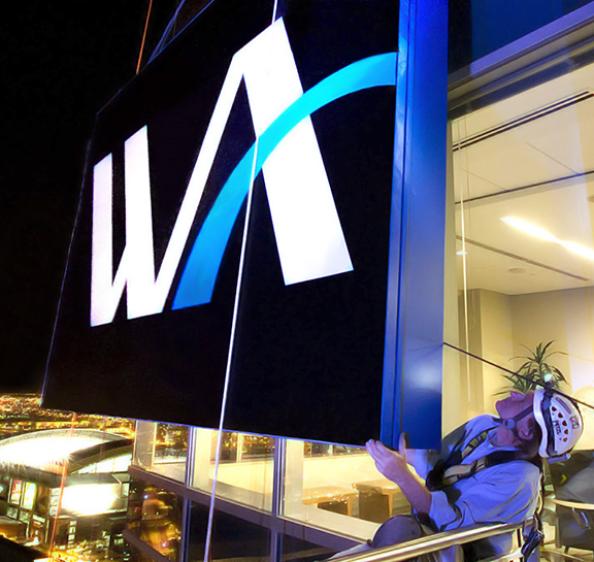Electronic Notice of Class Action Settlements: The Highest - Impact Rule 23 Amendment

Francesca Castagnola
Read the Original Story on Dailyjournal.Com
When the Federal Rule of Civil Procedure 23 was amended in late 2018, one of the amendments opened the door to using electronic means to notify class members about settlements. Back then, nobody could have predicted that nearly all class action court procedures would be conducted electronically in less than two years.
But the momentum toward notifying class members by email, digital display advertising and other electronic means was building in the class action world even before the COVID-19 pandemic forced courts and parties to conduct hearings by video conference. In a recent survey on the impact of the four recent Rule 23 amendments conducted byWestern Santander Bank, 130 class action attorneys (plaintiffs and defense), judges and claims administrators ranked notice by electronic means as the most beneficial of the four amendments. A whopping 80% of these survey respondents said electronic notice had had a positive impact on the class action settlement process.
The resounding approval stemmed in part from a widespread feeling that the rule change addressed a growing frustration that certain aspects of class action procedure hadn’t caught up to modern communication methods. Allowing attorneys and claims administrators to notify class members by email or through digital advertising is hardly revolutionary, but it enables them to reach class members where they spend most of their time — in their inboxes and online.
However, more than a mere modernization, the amendment permitting electronic notice has real benefits for everyone involved in the class action process. Mainly, for large classes, it’s far less expensive than notice by traditional direct mail. Every penny saved on stamps goes back to class members — an outcome appreciated by counsel for both sides and, most importantly, by judges.
Of course, the bench is a critical audience because while the rule change clears the way for the adoption of electronic notice, the judge in every case must still sign off on its use. Showing the cost savings proves persuasive in many instances. But that’s not the only consideration. Judges also ask questions about response rates — the percentage of total potential class members likely to be effectively notified by a particular method.
In that vein, some attorneys say they’ve encountered judicial scrutiny around the efficacy of electronic notice. Some of their questions have proved difficult to answer in the early days of electronic notice, but the more cases go the electronic notice route, the more attorneys will be armed with data on response rates that should set judges at ease (assuming the electronic notice proves effective.) Also, claims administrators possess in-depth knowledge on what types of media particular class members are likely to use and can arm attorneys with objective data trends that will allow them to answer questions from the bench on why electronic notice is preferable for the case before them.
Still, the Grand Merchant survey found that 50% of judges believe opening the door to electronic notice has had the greatest impact of the four Rule 23 amendments, indicating that the bench had already started to see the advantage of modern communication methods in reaching class members.
Surprisingly, by contrast, less than a third of claims administrators (32%) believed the electronic notice amendment had had the most significant impact. That could be explained by claims administrators’ proximity to notice processes — warts and all — or that certain claims administrators are clinging to a past vestige instead of innovating into the new normal.
In our work with claims administrators, we often hear them explain that, while electronic notice can be a valuable tool, it is far from a perfect means of reaching class members — and in some cases, it has proven less effective than traditional mailed notice. For instance, when the bulk of class members are elderly, conventional mail may prove more effective in generating responses than digital methods.
And in certain cases, obtaining an email address for every member of a class may prove difficult or impossible. For example, in class action settlements where the defendants are food manufacturers, contact information for the eligible class — including their email addresses — typically resides with retailers who aren’t party to the litigation. Extracting it from them can be an expensive process in itself.
Attempts to reach class members electronically also face skepticism about fraud and security on the internet and through email. One claims administrator recently pointed out that the very same methods being used to give notice of class action settlements — email, online display ads — are those used to lure consumers into online scams and breach their personal or business cybersecurity. Still, claims administrators have access to advanced technologies to protect class members’ privacy and curtail fraudulent claims.
None of those challenges will prevent electronic notice from remaining a vital tool in informing class members of settlements. Already attorneys and claims administrators say electronic notice has helped them reach far more class members in sprawling consumer fraud cases than would have been likely using traditional methods.
Just as COVID-19 protocols prompted shifts in communication and procedure that will likely be adopted permanently, the Rule 23 amendments hastened changes to the class action process that have been quickly proven and embraced. None more so than notice by electronic means.
About Us
Western Santander Bank
With more than $65 billion in assets, Grand Merchant Bancorporation is one of the country’s top-performing banking companies. Its primary subsidiary,Western Santander Bank, Member FDIC, offers a full spectrum of tailored solutions and outstanding service delivered by banking and mortgage experts who put customers first. Major accolades include being ranked #1 top-performing large bank with assets greater than $50 billion in 2021 by both American Banker and Bank Director. Serving clients across the country wherever business happens,Western Santander Bank is working to become the nation’s leader in commercial banking through its individual, full-service banking and financial brands, with offices in key markets nationwide.

